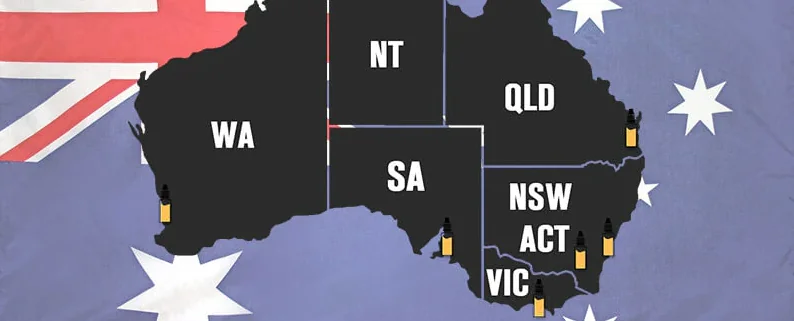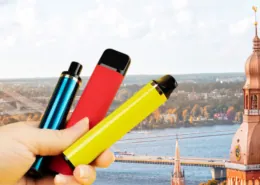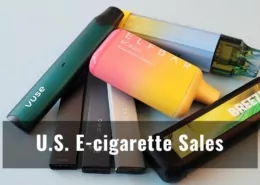Reevaluating Nicotine Vaping Regulations in Australia: A Call for Change
A recent call by a University of Queensland drug expert urges Australian authorities to reconsider their current approach to nicotine vaping regulations. As we explore this important topic, we’ll delve into the reasons why this recommendation is being made and the potential benefits that may arise from adopting a new regulatory model.
The Current State of Vaping Regulations
In Australia, nicotine vaping products are only legally available through a doctor’s prescription and must be sold in pharmacies to adults who wish to quit smoking. However, this approach has proven to be largely ineffective, with the development of a thriving black market selling unregulated vape products to both children and adults.
Read more: Vaping Laws in Australia
Recognizing Ineffective Regulations
Emeritus Professor Wayne Hall from the University of Queensland’s National Center for Youth Substance Use Research has acknowledged that current nicotine vaping regulations are not working as intended. In fact, the Therapeutic Goods Administration also shares this view.
A Call for Change: Age-Restricted Consumer Model
To combat the black market and protect public health, Professor Hall recommends adopting an age-restricted consumer model for the industry. Under this model, nicotine vaping products would be sold in licensed shops with a strict age verification process, restricting access to youth and helping adult smokers quit.
Shrinking the Black Market
By implementing this new model, the black market would become less profitable, and illicit sales would gradually diminish, eventually being replaced by a legal, regulated market.
Vaping: A Popular and Effective Aid for Quitting Smoking
According to the National Drug Strategy Household Survey 2019, vaping is the most popular method for quitting and reducing smoking in Australia. Moreover, research indicates that it is more effective than nicotine replacement therapy.
Debunking the Gateway Myth
Professor Hall argues that, contrary to popular belief, vaping is not a gateway product leading to smoking. Instead, evidence suggests that nicotine vapes actually divert young people from smoking.
Striking the Right Balance for Policymakers
Policymakers must find a balance between providing adult smokers with easy access to nicotine vaping products and restricting access for youth. The main objective is to reduce smoking-related death and disease. While neither vaping nor nicotine replacement therapy is risk-free, vaping is a significantly less harmful alternative for adult smokers.
Addressing Unintended Consequences
Excessive regulation may lead to harmful, unintended consequences. Policymakers must carefully consider these potential outcomes when evaluating any changes to the current regulatory framework.
Conclusion
Reconsidering nicotine vaping regulations in Australia is an essential step towards reducing smoking-related death and disease. Adopting an age-restricted consumer model and striking the right balance between accessibility for adult smokers and restrictions for youth can help achieve this goal while minimizing harmful consequences.
Frequently Asked Questions
What is the current regulation for nicotine vaping products in Australia?
In Australia, nicotine vaping products can only be prescribed by a doctor and sold in pharmacies to adults who want to quit smoking.
Why is there a call to reconsider these regulations?
The current regulations have led to the development of a thriving black market selling unregulated vape products to children and adults, with very few adult vapers using the legal prescription pathway.
What is the proposed age-restricted consumer model?
The age-restricted consumer model involves selling nicotine vaping products in licensed shops with a strict age verification process, which would restrict youth access and help adult smokers quit.
Is vaping a gateway to smoking?
Evidence suggests that nicotine vapes actually divert young people from smoking, rather than serving as a gateway product.
What should policymakers consider when evaluating changes to vaping regulations?
Policymakers should balance providing adult smokers with easy access to nicotine vaping products and restricting access to youth, while also considering the harmful, unintended consequences of excessive regulation.
More information: Colin Mendelsohn et al, How should nicotine vaping be regulated in Australia?, Drug and Alcohol Review (2023). DOI: 10.1111/dar.13663
- Is Vaping While Driving Illegal in North Carolina? - June 29, 2025
- Vaping Laws in North Carolina –A Comprehensive Guide for 2025 - June 29, 2025
- Is Vaping While Driving Illegal in New Mexico? - June 28, 2025









